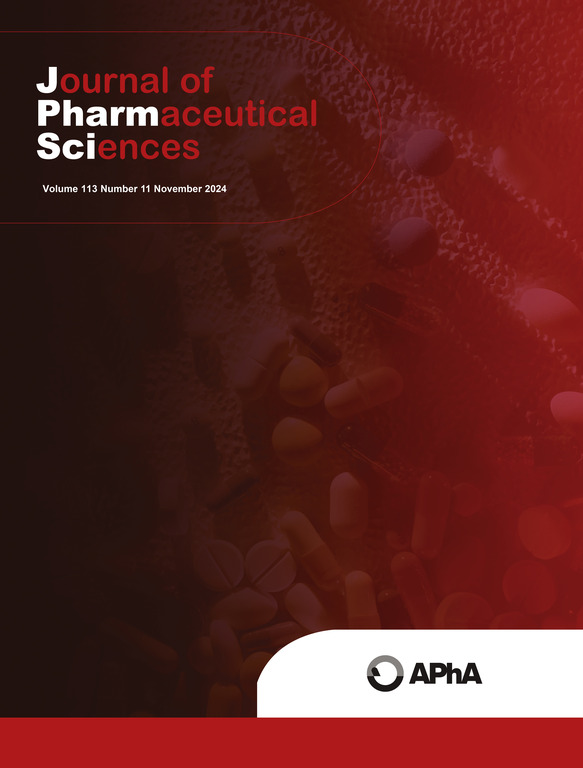表面张力、粘度、泵设置和喷嘴尺寸对高浓度生物制药灌装工艺能力和精度的影响
IF 3.7
3区 医学
Q2 CHEMISTRY, MEDICINAL
引用次数: 0
摘要
灌装是液体生物药品生产过程中的最后一个关键单元操作。本文基于已建立的代用灌装工艺模型,深入研究了蠕动泵设置、喷嘴尺寸、产品表面张力和粘度对生物制药灌装工艺的影响及其机理。我们的研究强调了泵的设置除了具有调节流速的主要功能外,还在影响灌装工艺能力指标方面发挥着重要作用。表面张力对流动行为的影响微乎其微,但对最终液滴行为的影响却很大,较低的表面张力会增加滴落倾向。粘度至关重要;粘度越高,管/喷嘴中充填流的摩擦和水头损失就越大,从而导致压力和流速损失,滴漏越明显,充填精度越差。此外,喷嘴的大小也会减缓泵的设置、表面张力和粘度对灌装性能的影响。较大的喷嘴有助于减轻这些影响,从而提高在苛刻条件下灌装性能的稳定性。对于在灌装过程中粘度较高的高浓度生物制药,使用较大的喷嘴并降低泵速可提高 Cpk 值并改善灌装精度。了解这些因素之间复杂的相互作用对于优化生物制药行业、促进成本效益实践和提高生产效率至关重要。本文章由计算机程序翻译,如有差异,请以英文原文为准。
Impact of surface tension, viscosity, pump settings, and nozzle size on filling process capability and accuracy in high-concentration biopharmaceuticals
Filling is the final critical unit operation in the manufacturing process of liquid biological drug products. This paper thoroughly investigates the influence and mechanisms of peristaltic pump settings, nozzle size, product surface tension and viscosity on the biopharmaceutical filling processes based on the established filling process model of surrogates. Our study highlights the significant role of pump settings in influencing filling process capability indexes, in addition to their primary function of regulating flow rate. Surface tension minimally impacts flow behavior but significantly regulates the final dropʼs behavior, with lower surface tension increasing dripping tendencies. Viscosity proves crucial; higher viscosity intensifies friction and head loss of filling flow in tube/nozzle, causing pressure and flow rate losses, more pronounced dripping, and worse filling accuracy. Furthermore, nozzle size moderates the impact of pump settings, surface tension, and viscosity on filling performance. Larger nozzles help mitigate these effects, contributing to enhanced stability in filling performance under challenging conditions. For high-concentration biopharmaceuticals with elevated viscosity during filling, utilizing larger nozzles and reducing pump speed could achieve enhanced Cpk values and improved filling accuracy. Understanding the complex interactions among these factors is vital for optimizing the biopharmaceutical industry, promoting cost-effective practices, and enhancing production efficiency.
求助全文
通过发布文献求助,成功后即可免费获取论文全文。
去求助
来源期刊
CiteScore
7.30
自引率
13.20%
发文量
367
审稿时长
33 days
期刊介绍:
The Journal of Pharmaceutical Sciences will publish original research papers, original research notes, invited topical reviews (including Minireviews), and editorial commentary and news. The area of focus shall be concepts in basic pharmaceutical science and such topics as chemical processing of pharmaceuticals, including crystallization, lyophilization, chemical stability of drugs, pharmacokinetics, biopharmaceutics, pharmacodynamics, pro-drug developments, metabolic disposition of bioactive agents, dosage form design, protein-peptide chemistry and biotechnology specifically as these relate to pharmaceutical technology, and targeted drug delivery.

 求助内容:
求助内容: 应助结果提醒方式:
应助结果提醒方式:


